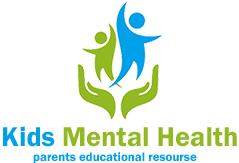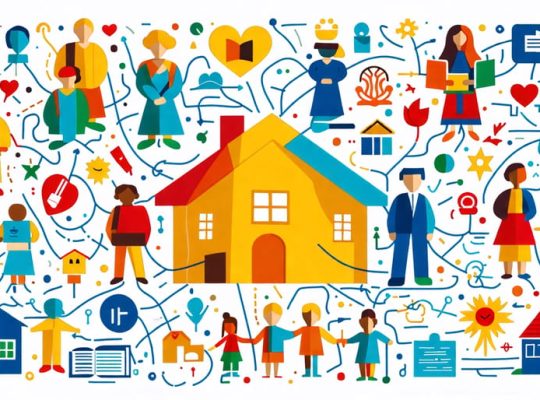7 Effective Strategies to Nurture Resilience in Your Students
Foster emotional resilience in students by teaching them effective coping strategies, self-regulation techniques, and healthy ways to express their feelings. Cultivate a growth mindset that embraces challenges, learns from setbacks, and celebrates effort over perfection. Build strong, supportive relationships with students, creating a safe space where they feel valued, heard, and understood. Equip them with problem-solving skills to navigate adversity, break down obstacles into manageable steps, and seek help when needed.
Teach Emotional Regulation Skills
Mindfulness Practices
Mindfulness practices can help …










